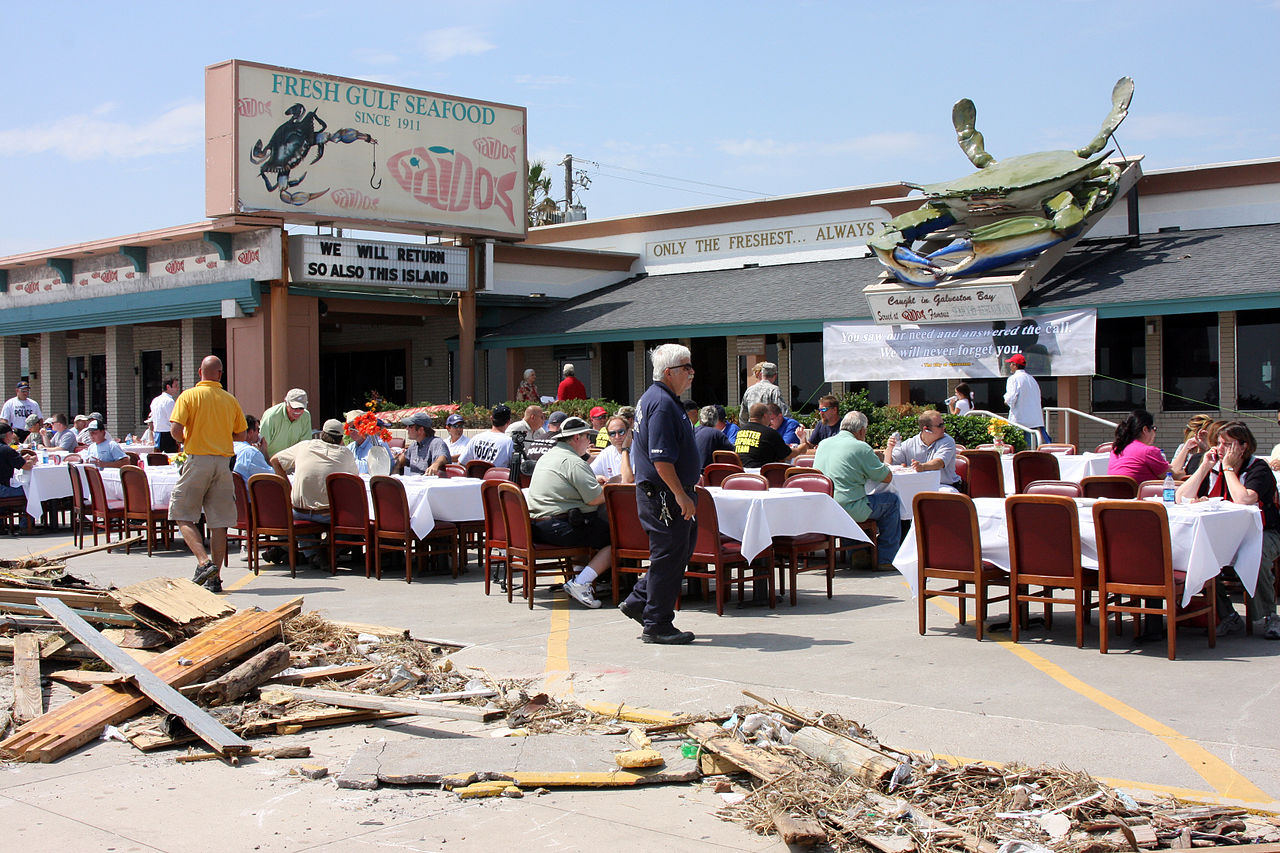Business Disaster Recovery

Hurricane seasons is a nightmare for most, but it can be especially daunting for a small business owner. Building a business isn’t easy; it takes a great deal of courage to make a major financial investment, and it can be especially difficult when that hard work is torn down by a natural disaster. Fortunately, there are ways to minimize losses and make a quick business disaster recovery by staying informed and developing a business continuity plan.
- Stay Informed: Keep track of possible storms and evaluate the potential risks they pose to your business. This includes following a storms’ wind speeds, trajectory, whether it is under a warning or a watch and any mandatory evacuations that may be made.
- Assess Risks: Determine how big of a threat the oncoming storm poses to your employees and facility, based on where your business is located. This includes finding out the elevation of your business and its chances of being affected by a storm surge.
- Get Insurance: If you don’t already have insurance for your business, this is a good time to look into it. If your business is already insured, check your policy to make sure it will cover any losses due to the hurricane. Commercial property insurance will cover property damage, but if there’s a chance that your business will be out of operation, you may also benefit from loss of income insurance or business interruption insurance. The two types of coverage for business insurance are “named perils” which will cover damages only from specified disasters and all-risk policy which will cover damages from anything not specifically excluded from the policy.
- Plan Ahead: Keep a contact information or any documents or materials you plan to take with you in the case of an evacuation. Remember to keep your mobile phone and laptop or tablet handy so you can keep clients and employees up to date. You should also compile a list of contact information such as emergency numbers, your business insurance company and any services you may need to call for inspections or repairs once the storm has passed.
- Prepare Employees: Inform staff of the situation and make arrangements. Allocate tasks to each staff member to prepare for the storm, and make plans for how you will communicate and their responsibilities in the case of an evacuation.
- Make Preparations Around Facility: If your office is in a high risk zone for flood or wind damage, make the necessary arrangements for any vehicles, equipment, furniture, documents and any valuables you don’t want getting damaged. If possible, find a safer place to store these items. In the case that you are not able to store computers, unplug them to protect from power surges and back up all important files to an external hard drive or store them online so that they are accessible from your evacuation location. Use standard materials such as tape or wooden boards to protect windows from flying debris and trim any large branches that could damage your facility. Turn off all utility services such as electricity, water and gas to your building. Before evacuating, be sure to assign someone to take inventory and document all items left behind for insurance claim purposes. Keep with you supplies you may need when you get back such as flashlights with extra batteries, towels and mops to control water damage and any tools you may need for temporary repairs.
- Make Financial Arrangements: Natural disasters can put an enormous financial burden on small business owners. Luckily, there are resources to help small businesses such as low-interest loans, economic injury disaster loans and physical disaster loans. For more tools to help small businesses survive a hurricane, see How a Small Business Can Recover from Hurricane Sandy and Other Natural Disasters.
With some foresight and planning, you can minimize physical and financial natural disaster damages to your business and recover from damages you are not able to prevent.

Recent Comments